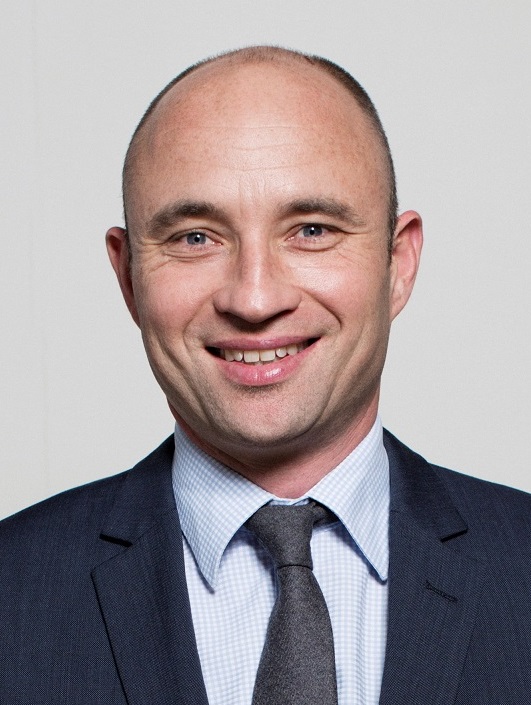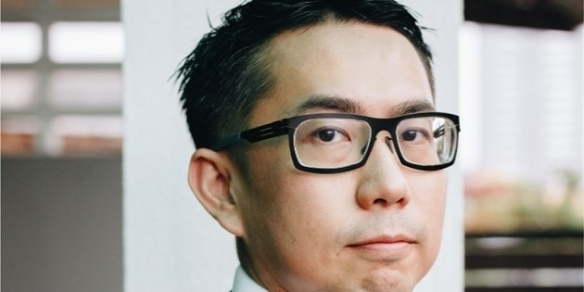The 10 hottest consumer trends for 2014, according to Ericsson
By Digital News Asia December 23, 2013
- Apps change society, your body is the new password and sensors in everyday places
- Video consumption increasing; our friends have high influence on what we watch
 WITH 2013 coming to an end, Ericsson ConsumerLab has identified the hottest consumer trends for 2014 and beyond.
WITH 2013 coming to an end, Ericsson ConsumerLab has identified the hottest consumer trends for 2014 and beyond.
For more than 15 years, ConsumerLab has conducted research to explore people’s values, behaviors and ways of using ICT products and services. Its global research programme is based on annual interviews with over 100,000 individuals in more than 40 countries and 15 ‘megacities,’ the company said in a statement.
“The most important trend we see is the mass demand for apps and services across all industries and societal sectors – which has the potential to fundamentally change everyday life,” said Michael Björn, Head of research at ConsumerLab.
The fast global uptake of smartphones has completely changed the way we communicate and use the internet, Ericsson said.
Now we enter a new phase of rapidly-diversifying smartphone use – and people are looking for apps across all sectors of society. This includes everything from shopping and daycare to communication with authorities, and transportation.
Apps are becoming more important than what phone you use.
Sites are demanding longer passwords with a mixture of numbers, letters and symbols – almost impossible to remember. This is leading to growing interest in biometric alternatives.
For example, Ericsson’s research found that 52% of smartphone users want to use their fingerprints instead of passwords and 48% are interested in using eye-recognition to unlock their screen. A total of 74% believe that biometric smartphones will become mainstream in 2014.
Blood pressure, pulse and steps are just some examples of how we want to measure ourselves with mobile devices, using personally-generated data, Ericsson said. You only need to start an app to track your activities and get to know yourself better.
A total of 40% of smartphone users want their phone to log all of their physical activities and 56% would like to monitor their blood pressure and pulse using a ring.
4) Internet expected everywhere
Internet experience has been falling behind voice; smartphone users are realising that the signal bars on their phone no longer provide reliable guidance, since a signal that is adequate for a voice call may not be good enough for Internet services.
Ericsson said its research found that the lowest satisfaction is with the Internet quality experienced on the subway.
Internet access on a global scale is still inadequately and unequally distributed, giving rise to what is referred to as the digital divide. The advent of cheaper smartphones means that consumers no longer need costly computing devices to access Internet services.
A total of 51% of consumers globally feel that their mobile phone is the most important piece of technology – and for many it is becoming the primary device for Internet use.
6) Online benefits outweigh concerns
As the Internet becomes an integrated part of our daily lives, the risks associated with being connected are becoming more apparent.
For example, 56% of daily Internet users are concerned about privacy issues. However, only 4% say that they would actually use the Internet less.
Instead, consumers apply strategies to minimise risk, such as being more cautious about the type of personal information they provide.
Despite having greater media choice, we seem less prone to choose what we watch ourselves, Ericsson said.
In fact, our friends are particularly influential when it comes to viewing video material. The company found that 38% of respondents say they watch video clips recommended by their friends at least several times weekly. Our friends have almost as much impact on our blog-reading and music-listening habits too.
8) Making my data visible
A total of 48% of consumers use apps to better understand their data consumption. While 41% just want to know how much data they use, 33% want to make sure they are billed correctly and 31% don’t want to exceed their operator’s data cap.
Research also revealed that 37% of smartphone owners regularly use apps to test their connection speed.
As interactive Internet services are now commonplace, consumers are increasingly expecting our physical surroundings to be equally responsive. By the end of 2016, around 60% of smartphone owners believe that sensors will be used in everything from healthcare and public transport, to cars, homes and places of work.
10) Play, pause, resume elsewhere
As 19% of total streamed time is spent on phones or tablets, consumers are increasingly shifting the locations where they watch TV to suit their daily lives.
For example they might start viewing content at home, pause it, and resume watching during their commute to work. When changing places, it can also make sense to switch device.
 “Technology continues to change the way we live and interact with one another,” said Todd Ashton (pic), president of Ericsson Malaysia and Sri Lanka.
“Technology continues to change the way we live and interact with one another,” said Todd Ashton (pic), president of Ericsson Malaysia and Sri Lanka.
“As reported in the Mobility Report which was released last month, currently there are 6.7 billion mobile subscriptions on a global scale, and that will only continue to rise.
“With the growth of LTE services and infrastructure in the country, Ericsson foresees smartphones will continue to dominate consumer preference as the device of choice for Internet connectivity. This in turn will help reduce the digital divide and enable greater access to apps and other services which make modern life more manageable and convenient,” Ashton added.
To download the full 10MB report, click here.
Related Stories:
The top consumer trends for 2013, according to Ericsson
Global smartphone subs to reach 5.6bil by 2019: Ericsson
Mobility dominates Gartner’s top 10 strategic tech trends for 2014
Malaysia amongst most savvy, least brand-conscious smartphone markets: Study
For more technology news and the latest updates, follow @dnewsasia on Twitter or Like us on Facebook.



